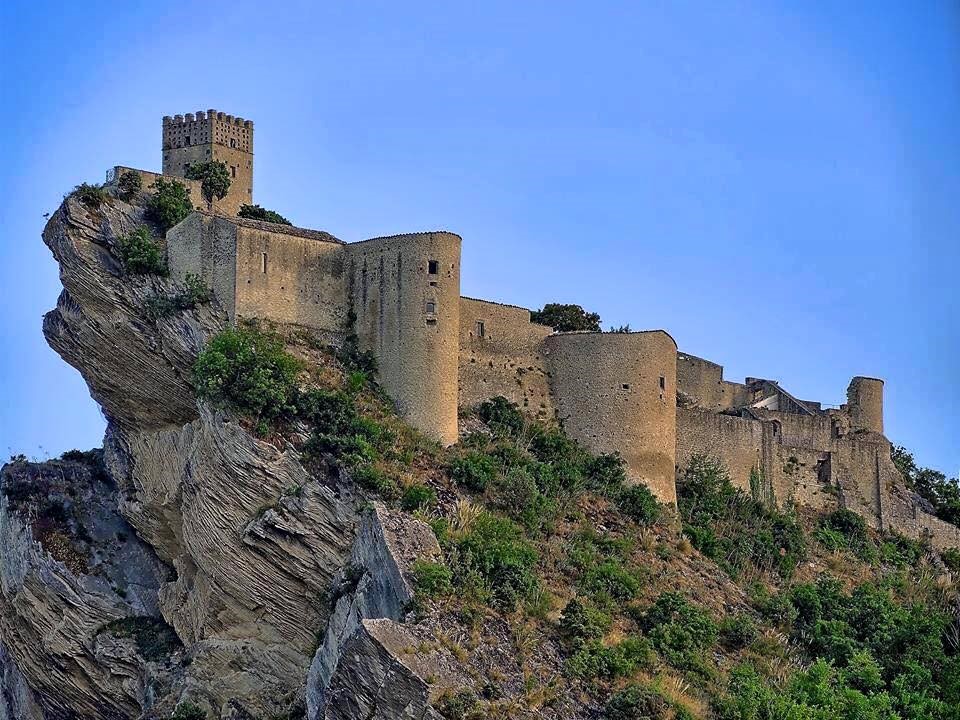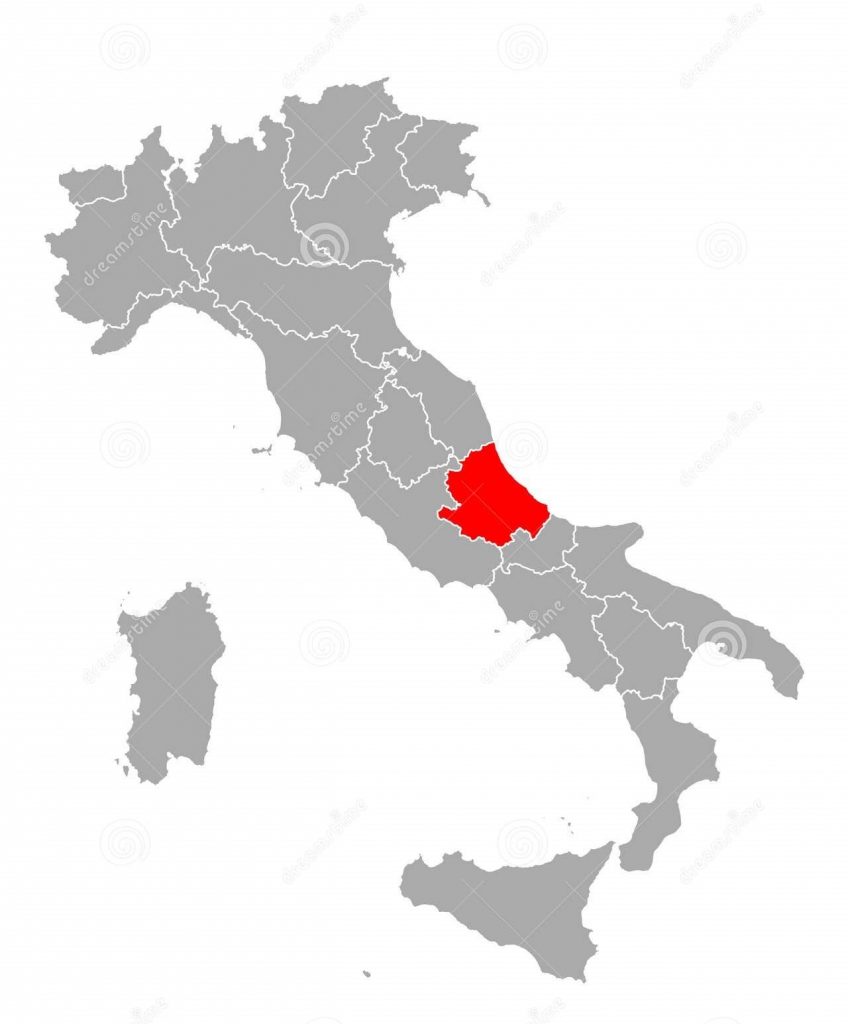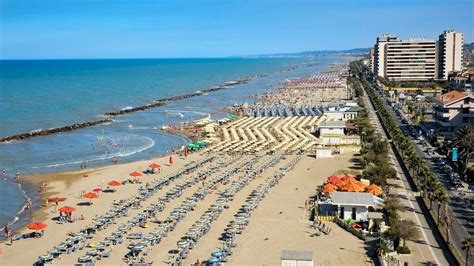Abruzzo
Updated June 21, 2024
Abruzzo’s settlement dates from 2,000 B.C. The name of the region, originally Aprutium, is believed to be an ancient tribe.
By 90 A.D. the Abruzzese fell under Roman rule. Since the area offered nothing economically or militarily, Rome ignored it for the most part and therefore formed the foundation for a weak, troubled economy.

During the Middle Ages, the region frequently changed rulers including the Lombards, the Normans, the Spanish and the French Bourbons.
Castello di Roccascalegna
Surrounded by its rugged mountains and prone to frequent earthquakes, the area remained isolated from the rest of Italy, an isolation that favored a self-sufficient economy, strictly connected to the nature and climate of the region. This isolation was finally broken by the railway network connecting the region to other parts of Italy and Europe.
Even with the unification of Italy in 1860 Abruzzo remained one of the poorest regions. The economy was based on sheep farming and agriculture. Today’s agriculture is mainly wheat, grapes, fruit, and olives. Livestock raising remains a mainstay of much of the region.

With a current population of about 1.3 million it is divided into four provinces: L’Aquila, Teramo, Pescara, and Chieti.

The area which fronts the Adriatic Sea is a popular tourist area with its long sandy beaches. The Apennines Mountains which run throughout Abruzzo have turned the area into a nature lovers preserve with resorts for camping, hiking and winter sports.


